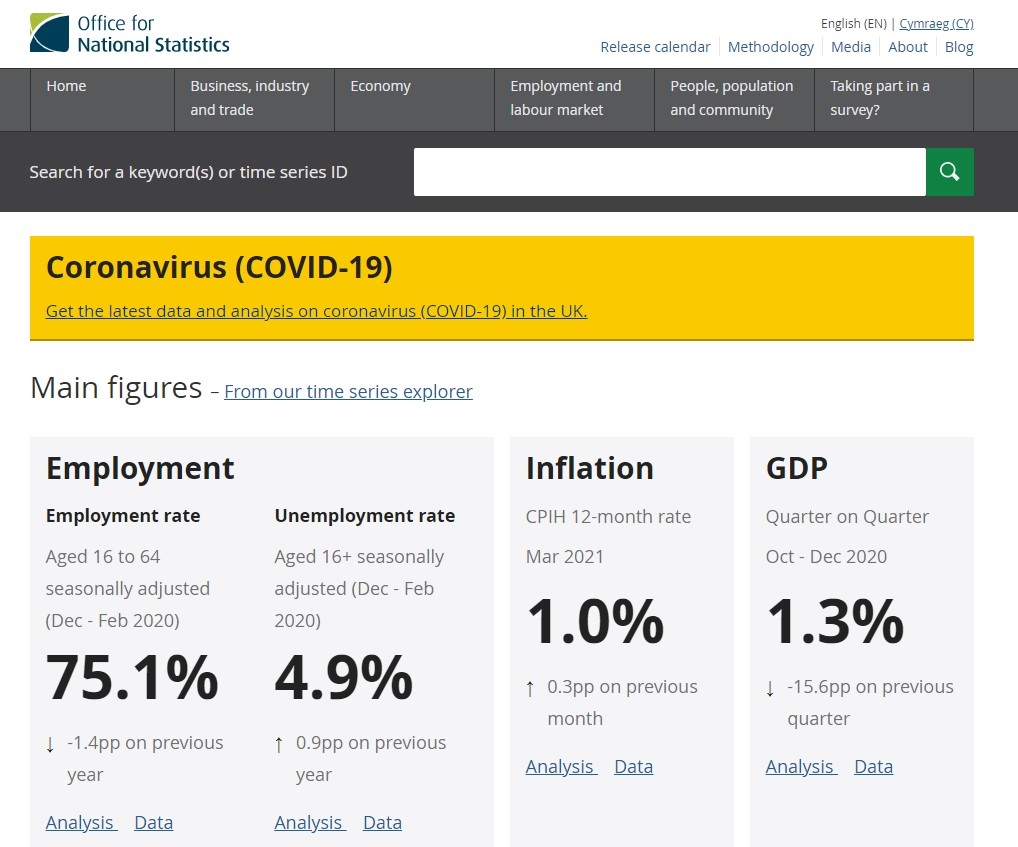
Clients putting aside more for care costs say Planners

Clients are increasingly including the cost of care in their discussions with their adviser, allocating around £60,000 per year for later life care, according to Financial Planners.
Data from the Office for National Statistics this morning has shown how an increasing proportion of people are paying for later life care.
Care homes in the South East had the highest proportion of self-funders in care homes (44.1%) between 1 March 2021 and 28 February 2022, in comparison to the North East which had the lowest (21.5%).
Financial Planners said clients are increasingly including the cost of later life care in discussions with their adviser.
Scott Gallacher, Chartered Financial Planner at Leicestershire-based IFA Rowley Turton, said more clients are having to consider using their savings to pay for care due to the Government not increasing the threshold beyond which people have to pay for their own care.
He said: "An increasing number of people are having to use their hard-earned savings to pay for their care. Anyone with more than £23,250 in savings, investments or property (apart from their own home in some circumstances) normally has to pay for their care themselves. And the Government has frozen this £23,250 limit for over ten years. Had they increased this limit in line with inflation, it would now be over £35,000.
“Hence, today many more people are having to use their savings to pay for their care than previously. In effect, this is a stealth tax on the cost of care."
Joshua Gerstler, Chartered Financial Planner at Borehamwood-based The Orchard Practice, said his clients are typically planning to spend around £60,000 per year on later life care.
He said: "It is quite common nowadays for us to include the cost of care in our clients' financial plans. Sometimes this will come from savings and investments and in other cases it may be paid for via pensions. Often the equity in a client's home will be used. Our clients often allow about £60,000 per year for this."
In September the Government announced the Health and Social Care Levy. As part of this from October 2023 there will be an £86,000 care cap on care costs though people must still find money to cover accommodation costs.
People with assets up to £100,000 will also receive some state help.
Helen Morrissey, senior pensions and retirement analyst at Hargreaves Lansdown, said: "Over 125,000 people are wrestling with the astronomical cost of care. Anyone who has high care needs for several years will test even the best laid financial plans to the limit, and a long period in a care home can leave family finances in tatters. This data lays bare the enormous social issue of paying for care.
"People living in high property price areas are particularly vulnerable to having to pay their care costs – because their property quickly busts the asset limit.
"There are changes on the way. The £86,000 cap on care costs will offer some relief and the fact those with assets of up to £100,000 will be eligible for some support is a huge improvement on the current level of £23,250. However, families still face large ongoing bills for accommodation costs that can run into many thousands per year so there needs to be a robust plan in place."
Despite Financial Planning clients putting aside more to pay for later life care, the majority of UK savers have carried out little planning for their later life finances, according to a recent report.
